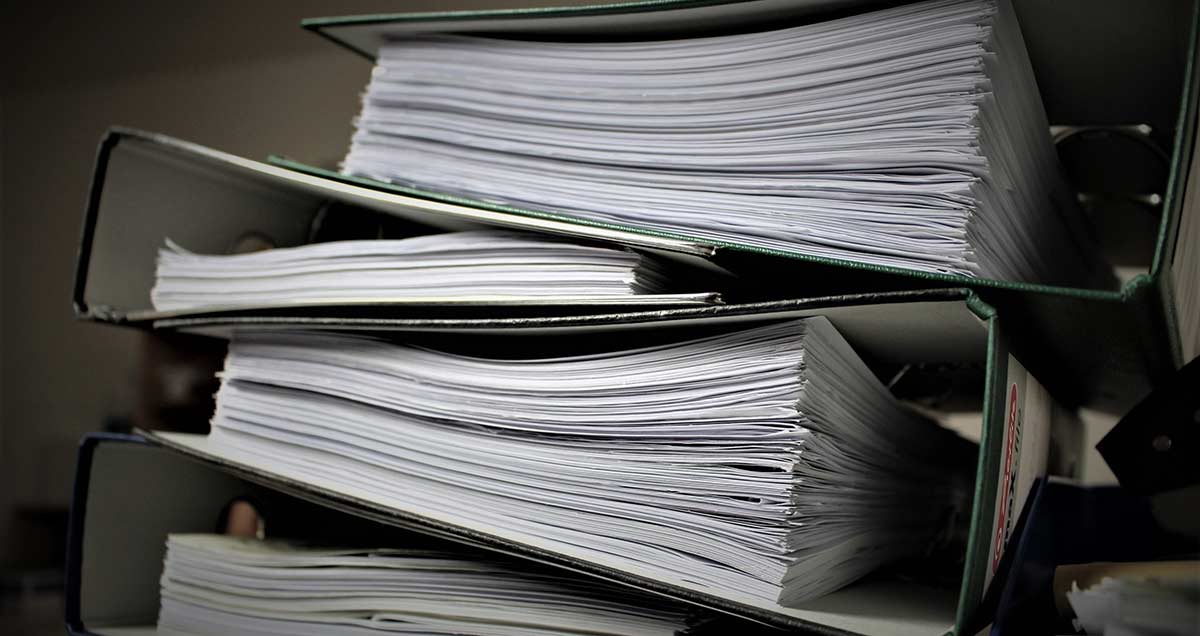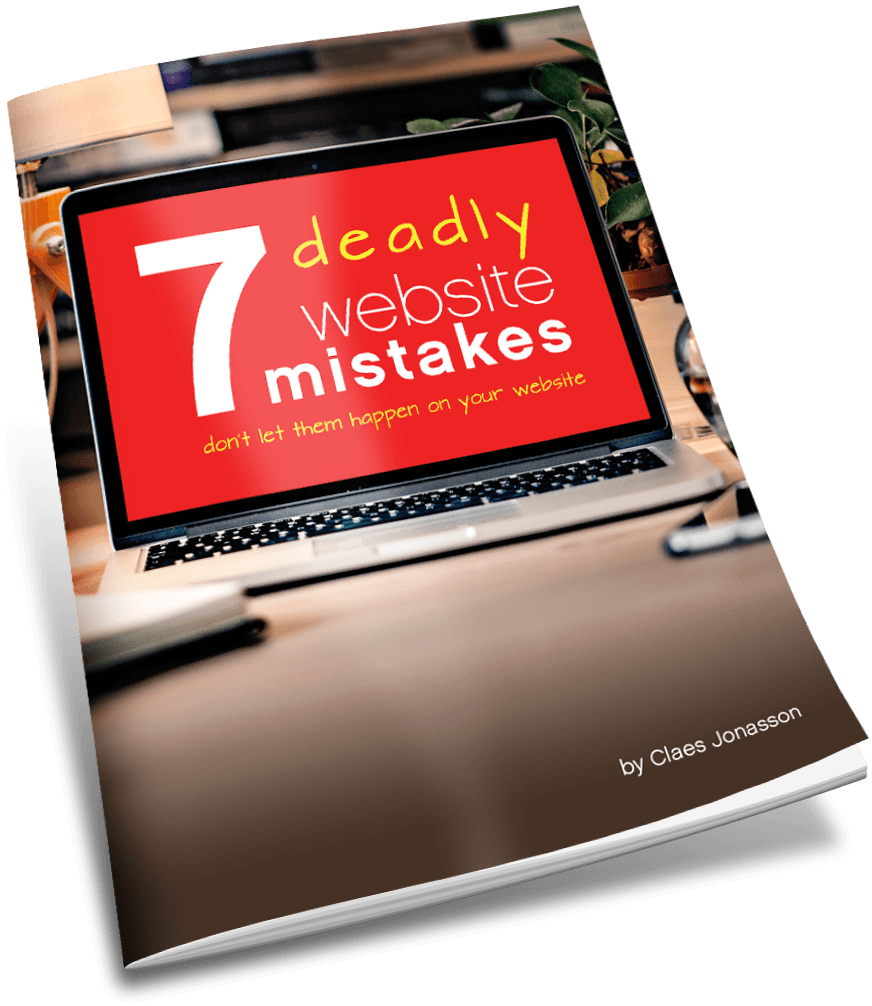The beauty of brevity
“In every long lecture there is a short lecture trying to get out.”
Anonymous
If you’ve ever bought a home, you’ve no doubt been overwhelmed by the deluge of documents begging to be signed. Often on legal-size paper, the stack of documents can be measured with a ruler! Who reads all that stuff?
I got a lot of looks from the folks handling the closing when I took time to speed read all the papers I was initializing or signing. Whether I read it or not, once I signed, I was responsible so better have at least some clue as to what was in there! None of that was written to be brief or easy to understand!
Consider these timeless documents and speeches that truly qualify as being brief:
- The 10 Commandments (There are just 10 of them!)
- The Lord’s Prayer – 66 words
- The Declaration of Independence – Less than 3 pages
- The Pledge of Allegiance – 31 words
- The Gettysburg Address – 272 words (a little over half-a-page)
Now that I’ve got your attention, I’d better be brief! So, here are 3 strong reasons to be brief:
- Brevity makes things easier to grasp and remember (like those five bulleted examples above).
- People are more likely to read or listen to something brief.
- Brevity forces the writer/speaker to be succinct and economical with their words.
How to cultivate brevity in your writing and speaking
When writing or preparing a talk, ask yourself these 3 questions:
- How can I say this more simply? When possible, avoid the passive voice, and use your words economically. (If I had written the first phrase of that sentence in the passive voice, it would look like this: “When possible, the passive voice should be avoided.”) Also, consider setting a goal not to exceed a certain length.
- How can I say this more clearly? Use words that most people will understand. Don’t repeat yourself; say it clearly the first time. When in doubt, read it aloud. If you stumble through it, chances are you need to find a way to say it more clearly.
- What “fluff” can I eliminate? After writing, read through your work through the eyes of someone who has never read it. Eliminate unnecessary adverbs and adjectives and anything else that isn’t vital to get your meaning across.
Do this and you’re most of the way there!
Now let’s apply it:
Brevity and emails
One idea/issue per email. Use as few words as possible. Chances are the recipient won’t read more than the first few lines anyway.
Brevity and websites
Short sentences and short paragraphs help readability on screen.
Keep in mind that 60+% of your website visitors are visiting your site on a mobile phone. On a small screen a long paragraph will fill the entire screen. Visual overload means people move on.
Effective SEO requires a certain length to content, often around 300 words. It doesn’t require War and Peace.
Keep pages focused. Don’t overwhelm visitors with lots of options and buttons. Provide a few, relevant options. Make calls to action clear and engaging.
Anything else can be placed in the footer where visitors will naturally go if they don’t find the desired content on the page.
In the end, brevity is about being clear and concise: You want to say all that is needed and no more. But you do need to say what’s needed.
Brevity isn’t necessarily easy. Easy is to just ramble on and let the reader figure it out. Except they probably won’t. Then it’s back on you.
“A word fitly spoken is like apples of gold in settings of silver.”
Proverbs 25:11
Chat GPT will fix it (not)
The current “magic solution” for writing is AI and Chat GPT.
Just give Chat GPT a few prompts, tell it how many words, and it will spit out text for you.
Yes, it will happily put words together. They may even make sense and be relevant. Although since there’s nothing intelligent or ethical about current AI and Chat GPT, what it provides may also be quite wrong. Most likely a mix of both.
What Chat GPT can help with is the first part: Getting that first draft down. It can be great for that purpose.
You might also ask it to rewrite the text it gave you in different styles or lengths.
But in the end, it’s up to you to fact check and rework the text into finished, ready-to-publish content.
It’s quality and quantity
Which words we use makes a big difference. As does how many we put into the message.
More words doesn’t mean what we say matters more. Often quite the opposite.
The trick is to use the right words and the right number of them: As many as needed to say what’s needed in a way that the intended recipient will understand. No more, no less.
Exercise:
- Review an email you sent last week.
- Review a page on your website.
For each, ask yourself:
- Is the main point clear?
- Does the reader get the information they need to make a decision/take the next step?
- Is there a logical next step presented?
- Could this be said with fewer words?
Never miss out!
Get an email update every time I publish new content. Be the first to know!

